Open Rhinoplasty vs Closed Rhinoplasty: What’s The Difference?


Traditional open rhinoplasty is a surgery in which the surgeon opens the septum between your nose and mouth, allowing more room for breathing. A closed rhinoplasty is a surgery in which the surgeon fixes or tightens the septum, narrowing the airway. The benefits of open surgery include more breathing room and a better view of your nose. However, there are risks associated with open surgery, including infection and bleeding. Read on to see which type is suited for you.
What is Rhinoplasty?
Rhinoplasty is surgery on the nose. It can be done to change the shape of the nose, to fix a nose that has been broken, or to fix other problems with the nose.
The surgery usually takes about two hours. You will be given general anesthesia, so you will be asleep during the surgery. The surgeon will make an incision inside your nose so that he can see the bones and tissues of your nose. He will then reshape the bones and tissues to create a new shape for your nose.
If you are having rhinoplasty because of a medical problem, such as a deviated septum, the surgeon may also fix that problem during the surgery. He will close up the incision inside your nose with stitches, and then put a bandage over your nose.
The history
Rhinoplasty is one of the oldest and most commonly performed plastic surgeries in the world. The first recorded rhinoplasty was performed in India over 2,500 years ago. Nose jobs were popular in ancient Greece and Rome, and were used to improve the appearance of the nose or to correct functional problems. It continued to be popular throughout the Middle Ages and the Renaissance. In the 18th century, French surgeons developed new techniques for rhinoplasty surgery, which led to a dramatic increase in its popularity.
Modern rhinoplasty surgery was pioneered by Dr. John Orlando Roe in the early 20th century. He developed a technique called “closed rhinoplasty,” which involved making all of the incisions inside the nose. This allowed surgeons to reshape the nose with greater precision and accuracy.
What is an Open Rhinoplasty?
An open rhinoplasty is a surgery that is used to improve the appearance of the nose. This type of surgery is done by making an incision in the skin between the nostrils. This allows the surgeon to see and work on the tissues and bones of the nose. An open rhinoplasty may be needed if there is extensive damage to the nose or if there are problems with breathing.
The recovery from an open rhinoplasty usually takes longer than the recovery from a closed one. You will likely need to wear a bandage on your nose for several days following surgery. You may also need to use nasal packing to help keep your nasal passages open. It can take several weeks for all of the swelling and bruising to go away.
What is a Closed Rhinoplasty?
A closed rhinoplasty is a nose job surgery that is performed through the nostrils. This means that there is no visible scarring on the outside of the nose. This approach to this surgery is typically used for less invasive procedures, such as narrowing the width of the nose or correcting a deviated septum. Recovery from a closed rhinoplasty is typically quicker and less painful than with an open rhinoplasty.
The Pros of Open Rhinoplasty
There are many reasons why someone might choose to have open rhinoplasty surgery. One of the benefits is that it allows the surgeon to have a more direct view of the internal structures of the nose. This can help them to better assess and treat any problems that may be present. Open surgery also allows for more accurate sculpting of the bones and cartilage in the nose, which can result in a more natural-looking final outcome.
Another benefit of open surgery is that it typically results in less swelling and bruising than closed surgery. This is because there is less trauma inflicted on the tissues during surgery. It also allows for easier removal of any nasal packing that may be used following surgery.
Open rhinoplasty carries a few risks, including infection and excessive bleeding, but these are generally rare.
The Pros of Closed Rhinoplasty
There are many pros to closed rhinoplasty surgery. One is that the surgeon has a better view of the internal structure of the nose. This allows for more accuracy in terms of shaping and sculpting the nose. Additionally, there is less bleeding and bruising with closed surgery, and patients generally recover more quickly.
The Cons of Open Rhinoplasty
There are a few potential drawbacks to choosing an open rhinoplasty approach. First, the surgery takes longer to perform and typically results in a longer recovery time. Additionally, because the surgeon is working directly on the bones and tissues of the nose, there is a greater risk of complications such as infection or nasal bleeding. Finally, it can leave visible scarring on the bridge of your nose.
The Cons of Closed Rhinoplasty
Closed rhinoplasty surgery is a procedure where the surgical incisions are made inside of the nose. This surgery is less invasive than an open rhinoplasty and typically has a shorter recovery time. However, there are several disadvantages to this surgery. One disadvantage is that it can be more difficult to visualize the internal structures of the nose with this type of surgery. As a result, it may be more difficult to achieve the desired results. Additionally, this surgery can cause scarring and damage to the internal structures of the nose.
The Cost
The cost of rhinoplasty surgery varies depending on the surgeon’s fees, the anesthesia fees, and other associated costs.
Most surgeons charge an initial consultation fee, which is generally applied to the cost of surgery if you decide to have the procedure done. The cost of anesthesia may also be incurred, depending on whether general anesthesia or local anesthesia is used. Other costs may include laboratory tests and medications.
Insurance companies do not generally cover the cost of this kind of surgery unless it is medically necessary. However, some surgeons offer financing options to help patients pay for their surgery.
Recovery
The surgery takes about two hours and is done under general anesthesia. You will be able to go home the same day. Recovery time varies from person to person, but typically you will need about two weeks before you feel back to normal. You should avoid any strenuous activity for six weeks after surgery.
Your surgeon may prescribe antibiotics and pain medication following surgery. You will also need to keep your head elevated and use cold compresses for the first few days after surgery.
Open rhinoplasty and closed rhinoplasty are both viable options for surgical nose reshaping. However, each approach has its own unique benefits and drawbacks. Ultimately, the best option for you will depend on your individual needs and goals. If you are considering surgery, be sure to consult us to discuss which approach is right for you.









